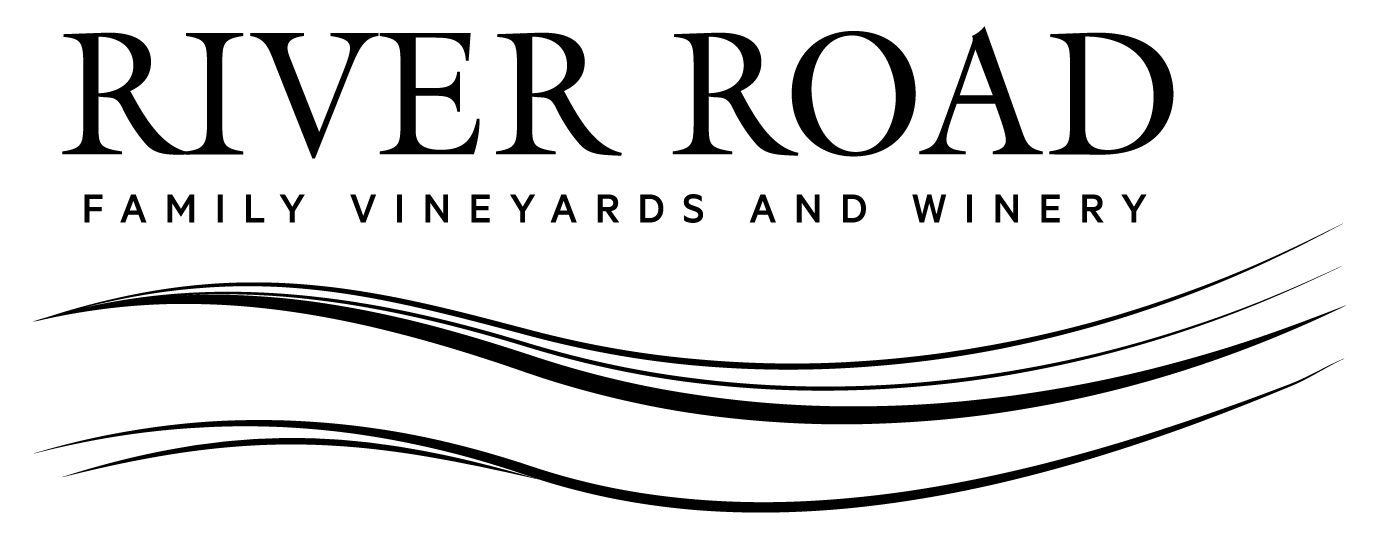An amazing quantity of rain fell in Green Valley during the month of January. As of today, we’ve received around 170 percent of normal rainfall to date, and have almost reached a typical total for the year! As you might expect with this much rain, our soils are filled to capacity, and will provide nearly all of the water needs of our vineyard in 2017. Additional rain will find its way into creeks or down through the soil. This, in turn, has recharged the aquifer supplying the residential and agricultural wells in our neighborhood. The drought now seems to be a distant memory!
Despite the heavy rains, our vineyard and winery were high and dry during the flooding that occurred mid-January, along the Russian River. We still hear many questions about the impact of flooding in vineyards near the river. Fortunately for grape growers in California, most of our yearly rain (and the risk of vineyard flooding) occurs during the dormant period for the grapevines. Since the vines aren’t actively growing right now, their needs for oxygen in the root zone are minimal and they can “hold their breath,” until the water recedes. No need for worry, unless we experience flooding in March or April. This is when vines are awakening from their winter dormancy.

A bigger problem for vineyard owners, during a winter flood, is that their crews are unable to access the vineyard. This is when crews perform the dormant pruning of the vines, which puts added strain on the already tight availability of labor. The river levels are already dropping, so vineyard crews are back at work pruning and fixing broken trellises.
Bottling Ron Rubin Russian River Valley Pinot Gris
Our next new wine introduction, the 2016 Ron Rubin Russian River Valley Pinot Gris, was bottled in late January. This wine is an amazingly expressive Pinot Gris, coming from an extra-cool pocket in southern Russian River Valley. We fermented the juice in stainless steel for a vibrant and fresh style, and the aromatics of this wine will blow you away!

A number of you might be curious about the collection of “Pinot” wines that we produce. How are they related; why do they each look, smell, and taste so different from each other? The names are a clue that they can trace their lineage back to Pinot Noir. But, rather than being a genetic cross with another grape variety, Pinot Blanc and Pinot Gris both resulted from mutations of Pinot Noir.
• In the case of Pinot Blanc, the ability to produce pigment was lost, with a white wine being the result.
• For Pinot Gris, the change was partial. So some color does develop in the skins, which produces either a white wine or one with a slight, pink color. You can see the distinct visual characteristics in the pictures below, even though the genetic differences are quite small!

All three varieties fit beautifully into the terroir of Green Valley and Russian River Valley! Pinot Noir was our first release from the family, as we’ve grown the variety on our Goldridge soils, for 18 years. The Pinot Blanc and Pinot Gris are equally suited, to our cool Russian River Valley appellations.
Look for the 2016 Pinot Gris release in June, just in time for warm, summer days!
Barrels
As the 2016 wines are maturing, we spend a fair amount of time evaluating the progress they’re making, in the small barrels they call home. We have a very diverse mix of barrels in our cellar, with oak sourced from France and the USA. These barrels have been produced from fourteen different coopers.

Why don’t we use a single barrel type, and simplify things?
Because the interaction between wine and wood is very dynamic. Numerous processes occur inside the barrels during aging. After years of trials, we’ve determined that certain barrels work better with specific varieties and vineyards. The reasons why some barrels worked and others didn’t, however, weren’t easy to determine. This is due to the natural variability in grapes, oak trees, fermentation, and barrel production.
Transformation of juice into wine involves a wide range of compounds found in wine, including:
• Pigment
• Tannins from grape skins and seeds
• Tannins and other soluble components from a toasted oak barrel
• Alcohol
• Continued impact of the yeast that was used to turn our juice into wine.
Wine is a truly complicated liquid, which keeps our vision a little foggy and imparts an element of mystery into the process. By working with our cooperage partners on controlled experimental trials, we’re getting closer to a true understanding of oak and wine.
Next month, the Winemaker Notes will include a contribution from Ed Morris, our Associate Winemaker and Resident Cooper (Barrel Maker). Ed will be detailing important aspects of barrel fermentation and aging. This will be a periodic feature keeping you updated on our barrel news!
Cheers!





